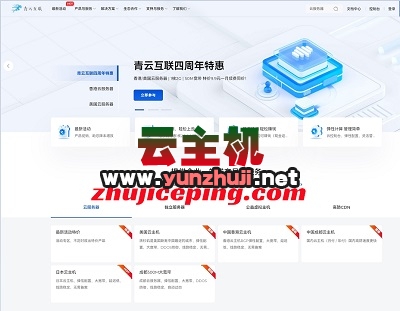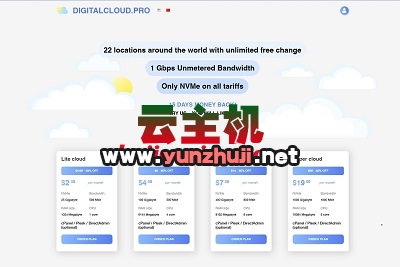在Nacos中注册服务时,客户端通常需要提供用户名和密码进行身份验证,这些凭据可以以明文形式提供,也可以使用加密方式来保护,Nacos服务器默认情况下并不直接支持客户端发送加密的用户凭证,为了实现这一点,我们需要进行一些额外的配置和开发工作。
(图片来源网络,侵删)以下是如何在Java客户端使用加密的用户凭证向Nacos注册服务的详细步骤:
1. 生成加密的用户凭证
您需要生成加密的用户凭证,这可以通过使用安全散列算法(如SHA256)对用户名和密码进行哈希处理来完成,您可以使用Java的MessageDigest类来实现这一点:
import java.security.MessageDigest;
import java.security.NoSuchAlgorithmException;
public class EncryptionUtil {
public static String encryptPassword(String password) throws NoSuchAlgorithmException {
MessageDigest md = MessageDigest.getInstance("SHA256");
byte[] hash = md.digest(password.getBytes());
StringBuilder hexString = new StringBuilder();
for (byte b : hash) {
hexString.append(Integer.toHexString(0xFF & b));
}
return hexString.toString();
}
}
2. 修改Nacos客户端配置
接下来,您需要修改Nacos客户端的配置,以便使用加密的用户凭证,在Java客户端中,您可以通过以下方式设置用户名和密码:
import com.alibaba.nacos.api.NacosFactory; import com.alibaba.nacos.api.config.ConfigService; import com.alibaba.nacos.api.exception.NacosException; import java.util.Properties; public class NacosClient { public static void main(String[] args) throws NacosException { Properties properties = new Properties(); properties.put("serverAddr", "localhost:8848"); properties.put("namespace", "public"); properties.put("auth_enabled", "true"); properties.put("username", "your_username"); properties.put("password", EncryptionUtil.encryptPassword("your_password")); ConfigService configService = NacosFactory.createConfigService(properties); // 使用configService进行服务注册操作 } }
在上面的代码中,我们设置了auth_enabled属性为true,表示启用身份验证,我们将用户名设置为your_username,并将加密后的密码设置为EncryptionUtil.encryptPassword("your_password")。
3. 自定义Nacos认证过滤器
由于Nacos服务器默认不支持加密的用户凭证,您需要在客户端实现一个自定义的认证过滤器,用于在发送请求之前解密用户凭证,以下是一个示例实现:
import com.alibaba.nacos.api.common.Constants;
import com.alibaba.nacos.api.exception.NacosException;
import com.alibaba.nacos.api.naming.NamingService;
import com.alibaba.nacos.api.naming.pojo.Instance;
import com.alibaba.nacos.api.naming.utils.NamingUtils;
import com.alibaba.nacos.api.security.SecurityUtil;
import javax.servlet.Filter;
import javax.servlet.FilterChain;
import javax.servlet.FilterConfig;
import javax.servlet.ServletException;
import javax.servlet.ServletRequest;
import javax.servlet.ServletResponse;
import java.io.IOException;
public class CustomAuthenticationFilter implements Filter {
@Override
public void init(FilterConfig filterConfig) throws ServletException {
// 初始化过滤器
}
@Override
public void doFilter(ServletRequest request, ServletResponse response, FilterChain chain) throws IOException, ServletException {
// 获取原始用户名和密码
String username = request.getParameter("username");
String password = request.getParameter("password");
// 解密用户名和密码
String decryptedUsername = SecurityUtil.decrypt(username);
String decryptedPassword = SecurityUtil.decrypt(password);
// 将解密后的用户名和密码设置回请求参数中
request.setAttribute(Constants.NACOS_AUTH_USERNAME, decryptedUsername);
request.setAttribute(Constants.NACOS_AUTH_PASSWORD, decryptedPassword);
// 继续执行过滤器链
chain.doFilter(request, response);
}
@Override
public void destroy() {
// 销毁过滤器资源
}
}
在上面的代码中,我们实现了doFilter方法,该方法在请求被处理之前调用,在这个方法中,我们从请求中获取原始的用户名和密码,然后使用SecurityUtil类中的decrypt方法对其进行解密,我们将解密后的用户名和密码设置回请求参数中,以便Nacos服务器可以使用它们进行身份验证。
4. 配置自定义认证过滤器
最后一步是配置自定义认证过滤器,您需要在Nacos客户端的配置文件中添加以下内容:
<filter>
<filtername>CustomAuthenticationFilter</filtername>
<filterclass>com.example.CustomAuthenticationFilter</filterclass>
</filter>
<filtermapping>
<filtername>CustomAuthenticationFilter</filtername>
<urlpattern>/*</urlpattern>
</filtermapping>
这将告诉服务器在处理任何请求之前都要通过CustomAuthenticationFilter进行过滤。
通过以上步骤,您可以在Java客户端使用加密的用户凭证向Nacos注册服务,请注意,这只是一个基本的示例,您可能需要根据您的具体需求进行调整和优化,确保您的加密和解密方法与Nacos服务器的身份验证机制兼容也是非常重要的。

 云主机测评网
云主机测评网


















最新评论
本站CDN与莫名CDN同款、亚太CDN、速度还不错,值得推荐。
感谢推荐我们公司产品、有什么活动会第一时间公布!
我在用这类站群服务器、还可以. 用很多年了。